Theatre Annual is looking for a few additional book reviewers for the 2024 volume. Please let us know if you are interested in helping out with this service to the journal and the profession!
If you would like to review one of the books below, or if you have ideas for other books (or performances, or podcasts) that would be of interest to Theatre Annual readers, please contact our book review editor, Mike Lueger (mlueger@gmail.com).
Reviews completed by September 1, 2024 (apologies for the short notice!) will make our deadline for the 2024 volume, but we are also looking ahead to reviews for our 2025 volume.
BOOK LIST
Adeyemi, Kemi. Feels Right: Black Queer Women and the Politics of Partying in Chicago. Duke University Press, 2022.
Baker, Christina. Sonic Strategies: Performing Mexico’s War on Drugs, Mourning, and Feminicide, Vanderbilt University Press, 2023.
Boffone, Trevor. Tiktok Cultures. Routledge, 2022.
Bogar, Tom. Theatre on the American Frontier. Louisiana State University Press, 2023.
Boselli, Stefano. Actor-Network Dramaturgies: The Argentines of Paris. Palgrave, 2023.
Chansky, Dorothy. Losing It: Staging the Cultural Conundrum of Dementia and Decline in American Theatre. 2023.
D’Alessandro, Michael. Staged Readings: Contesting Class in Popular American Theater and Literature, 1835-75. University of Michigan Press, 2022.
Della Gatta, Carla. Latinx Shakespeares: Staging U.S. Intracultural Theater. University of Michigan Press, 2023.
Elliott, Kenneth. Beyond Ridiculous: Making Gay Theatre with Charles Busch in 1980s New York. University of Iowa Press, 2023.
Essin, Christin. Working Backstage: A Cultural History and Ethnography of Technical Theatre Labor. University of Michigan Press, 2021.
Farnsworth, May Summer. Feminist Rehearsals: Gender at the Theatre in Early Twentieth-Century Argentina and Mexico. University of Iowa Press, 2023.
Gagliardi, Paul. All Play and No Work: American Work Ideals and the Comic Plays of the Federal Theatre Project. Temple University Press, 2023.
Geary II, Fonzie D. Maxwell Anderson and the Marriage Crisis: Challenging Tradition in the Jazz Age. Palgrave Macmillan, 2022.
Grinenko, Aleksei. Seriously Mad: Mental Distress and the Broadway Musical. University of Michigan Press, 2023.
Johnson, Jake. Lying in the Middle: Musical Theater and Belief at the Heart of America. University of Illinois Press, 2021.
Johnson, Katie N. Racing the Great White Way: Black Performance, Eugene O’Neill, and the Transformation of Broadway. University of Michigan Press, 2023.
Kennedy, Jeffrey. Staging America: The Artistic Legacy of the Provincetown Players. 2023.
King, William Davies. Finding the Way to “Long Day’s Journey Into Night”. Anthem, 2024.
Lahr, John. Arthur Miller: American Witness. New Haven: Yale, 2022.
McKelvey, Patrick Timothy. Disability Works: Performance After Rehabilitation. New York: NYU Press, 2024.
Mojica, Monica, and Brenda Farnell. Chocolate Woman Dreams the Milky Way: Mapping Embodied Indigenous Performance. University of Michigan Press, 2023.
Schvey, Henry. Blue Song. 2022.
Shulman, Max. The American Pipe Dream: Performance of Drug Addiction, 1890-1940. University of Iowa Press, 2022.
Stevenson, Jill C. Feeling the Future at Christian End-time Performances. University of Michigan Press, 2022.
Wynstra, Beth. Vows, Veils, and Masks: The Performance of Marriage in the Plays of Eugene O’Neill. University of Iowa Press, 2023.
Willenbrink, Hank. Performing for the Don: Theatres of Faith in the Trump Era. Routledge, 2023.


